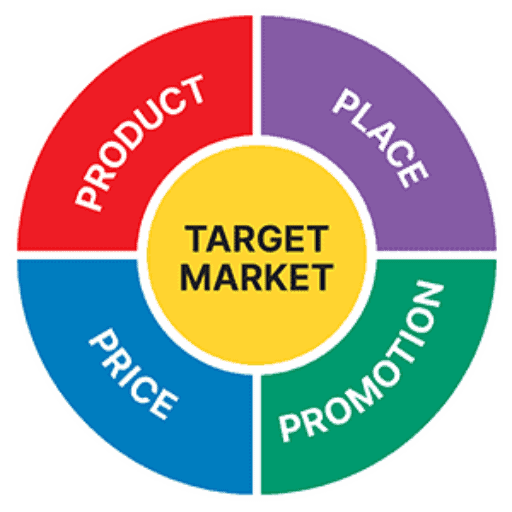How Targeted Ads Started Watching Us All
This Slate podcast, How Targeted Ads Started Watching Us All, gives our students a bit of context for how advertising has evolved into the targeted…

This Slate podcast, How Targeted Ads Started Watching Us All, gives our students a bit of context for how advertising has evolved into the targeted…

Another #M4BW (Marketing for a Better World) Monday post. Out of the World Economic Forum, former Volvo CEO Pehr Gyllenhammar wrote this op-ed at CNN Business,…

It seems like we talk about Amazon a lot here at Teach the 4 Ps. For several reasons Amazon is a great class example. First, it…

Regular readers, and those who have already seen the 17th edition of Essentials of Marketing know that we believe business can contribute to making a better, more…

We all know that consumers can more easily ignore advertising. So how do advertisers sneak past our defenses. One way may be to disguise the…